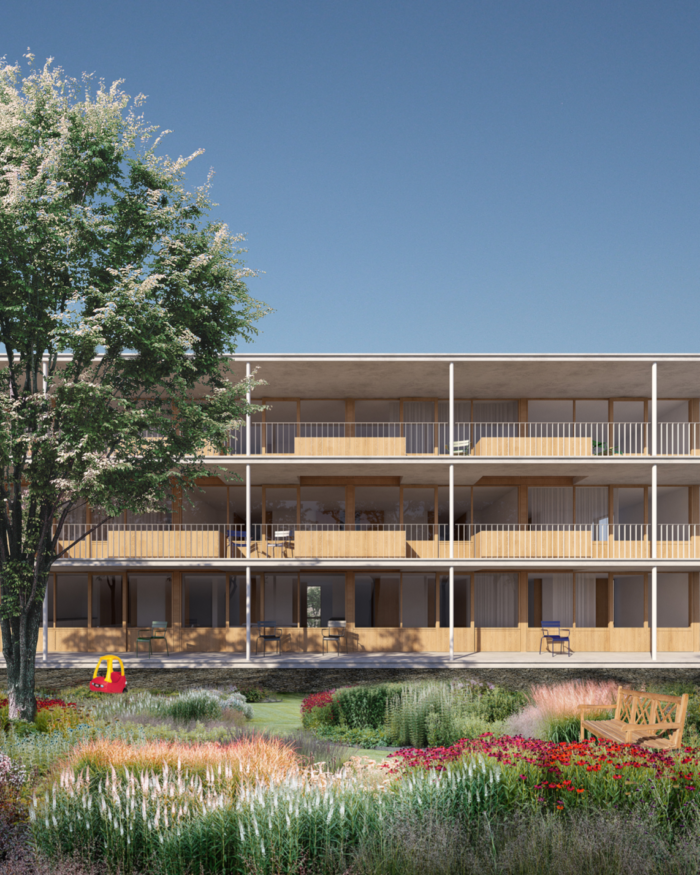Community-led housing projects across the UK are seen as alternative solutions to the housing crisis. As many of these types of projects are new in London, conflicts with conventional institutions indicate that a new framework must be considered in the development of affordable housing. Social cohesion for sustainable neighbourhoods and ‘communities of care’ are what these projects aim to offer, but issues of funding and land acquisition are the main obstacles for affordable housing. Public expenditure cuts with an increasingly diversified household structure, due to an ageing society, demands new housing models based on intergenerational support and mutual care that could help ease pressure from public services by positively impacting the wellbeing of its residents.
This study looks into community-led housing, using StART (St. Ann Redevelopment Trust), an active community group in Haringey, north London, as a case study. StART is looking to redevelop the St. Ann’s Hospital site within the framework of a Community Land Trust (CLT), which aims to produce genuine affordable housing of up to 800 units. The dissertation examines and frames what ‘community-led’ means and the role of CLT’s within the context of the Localism Act (2011), and also looks at StART as a foundational project to develop a housing model in which people could age in place.
